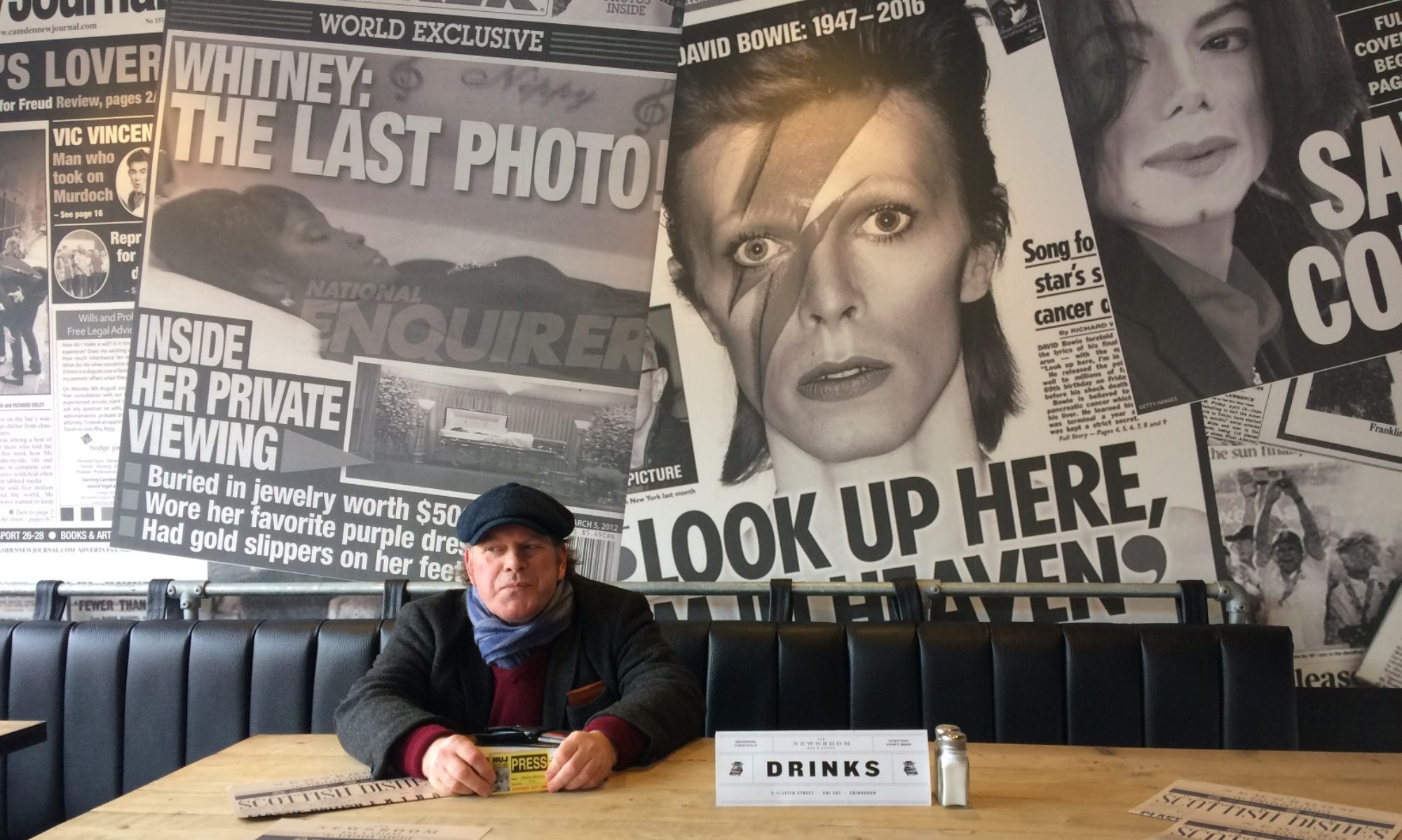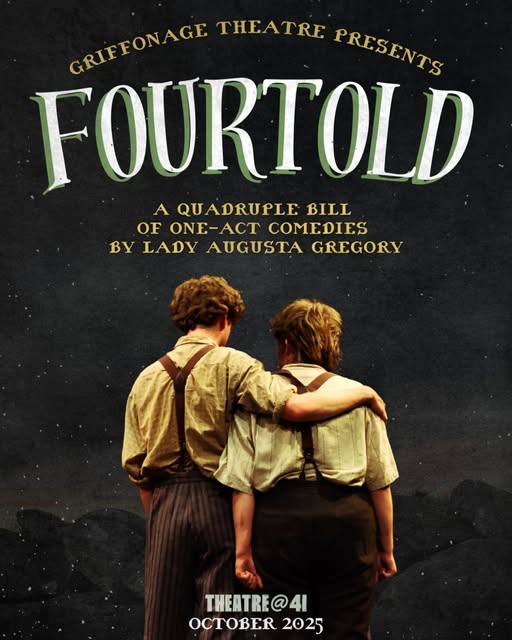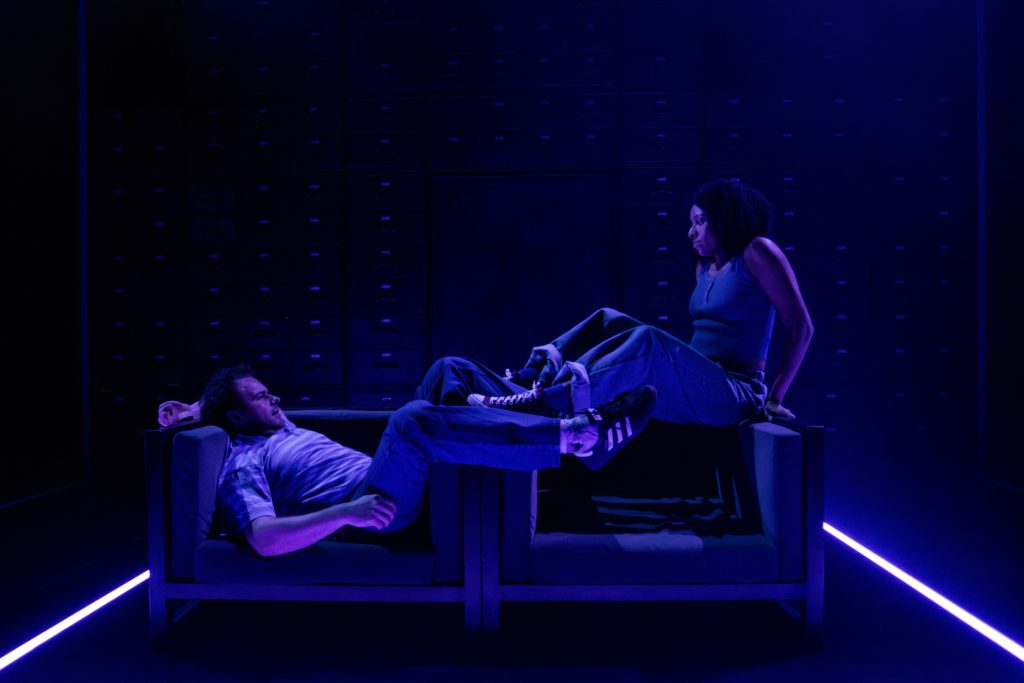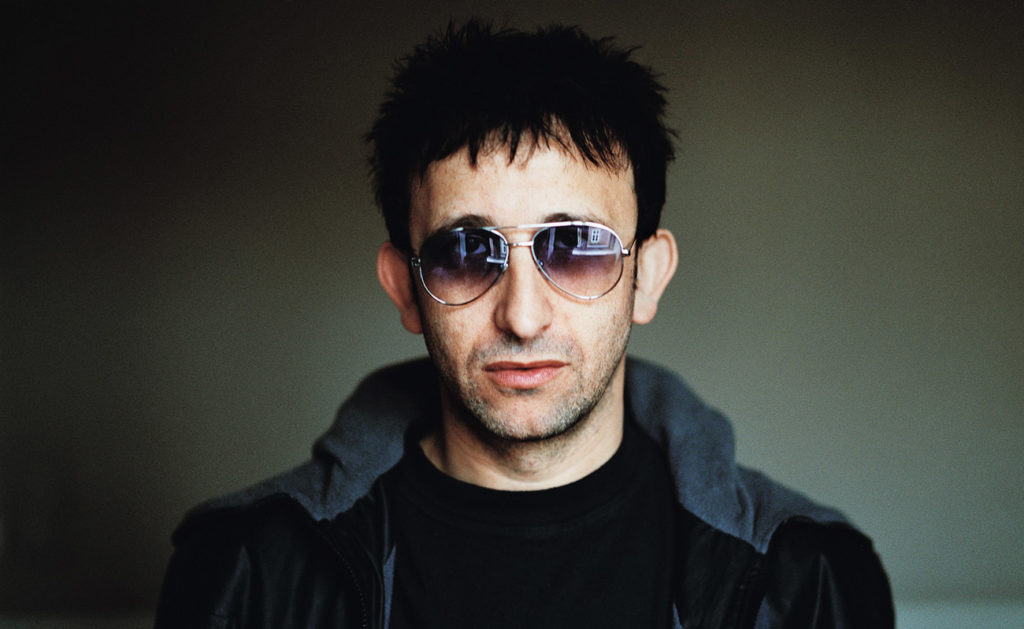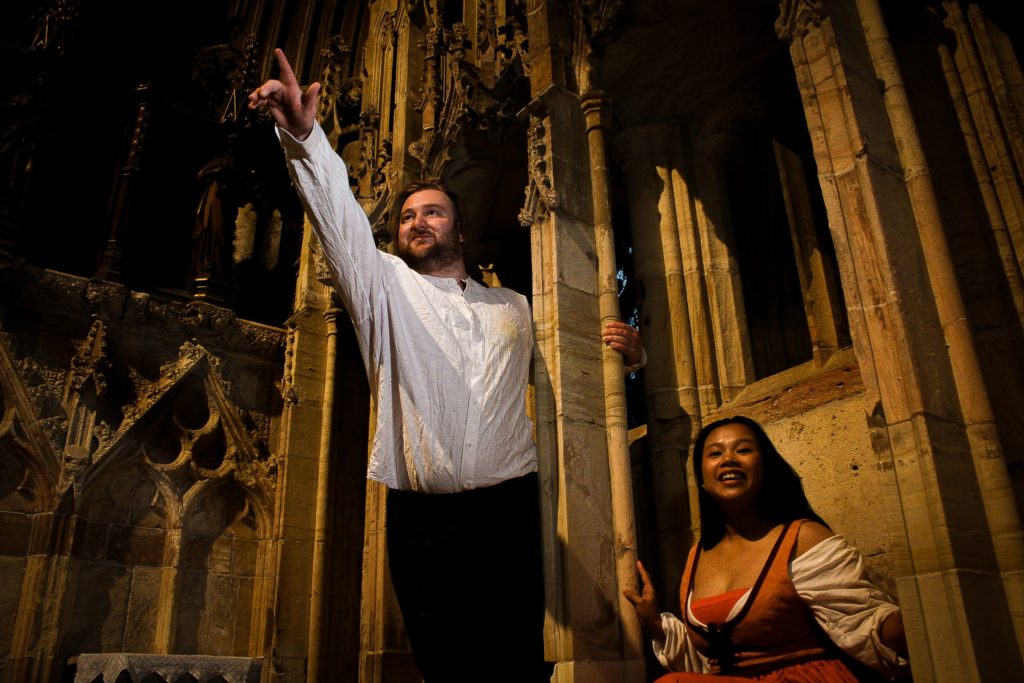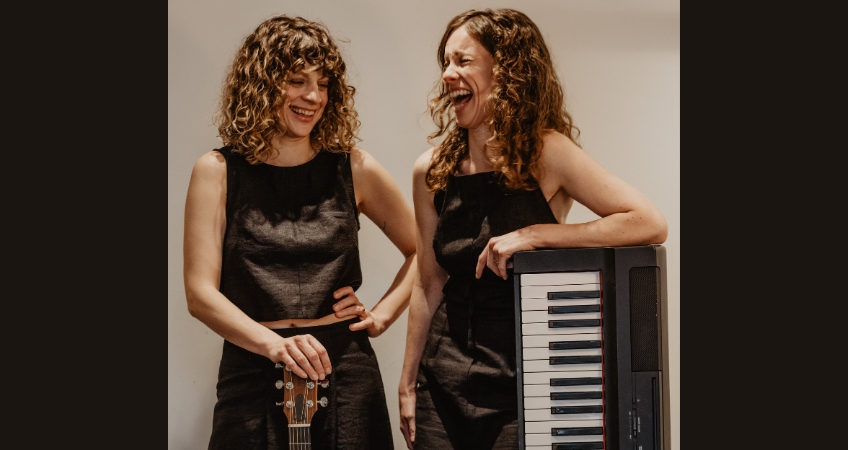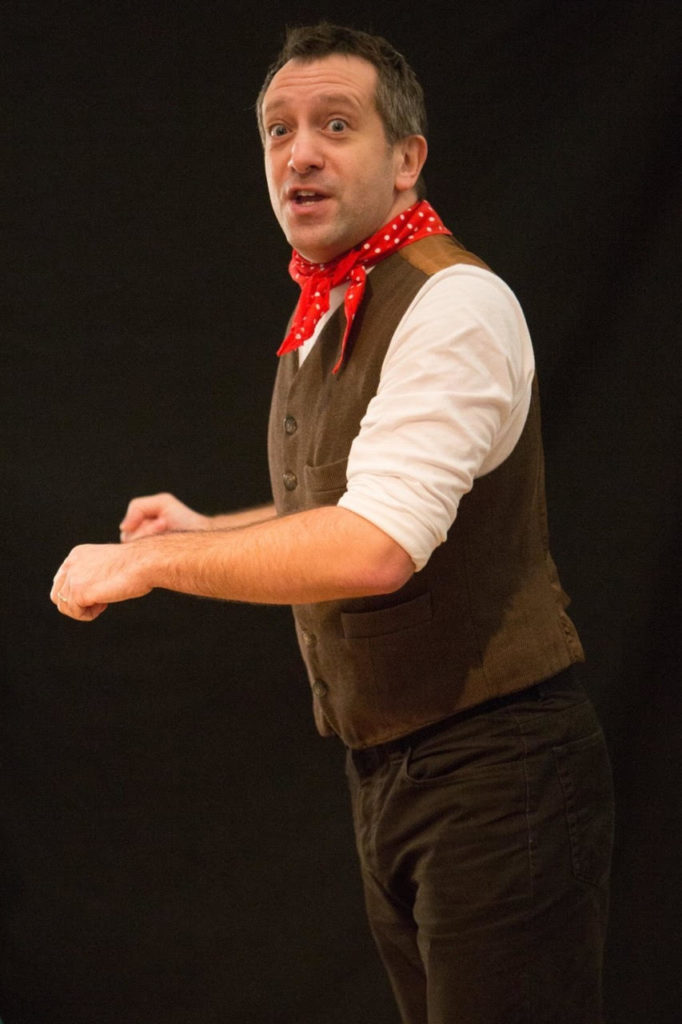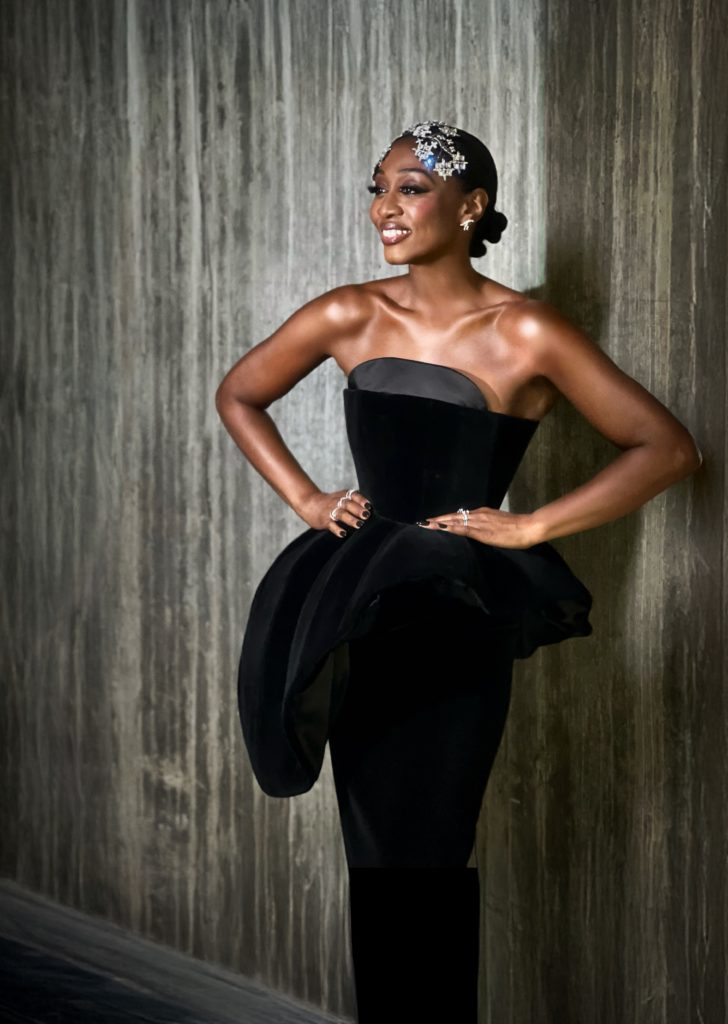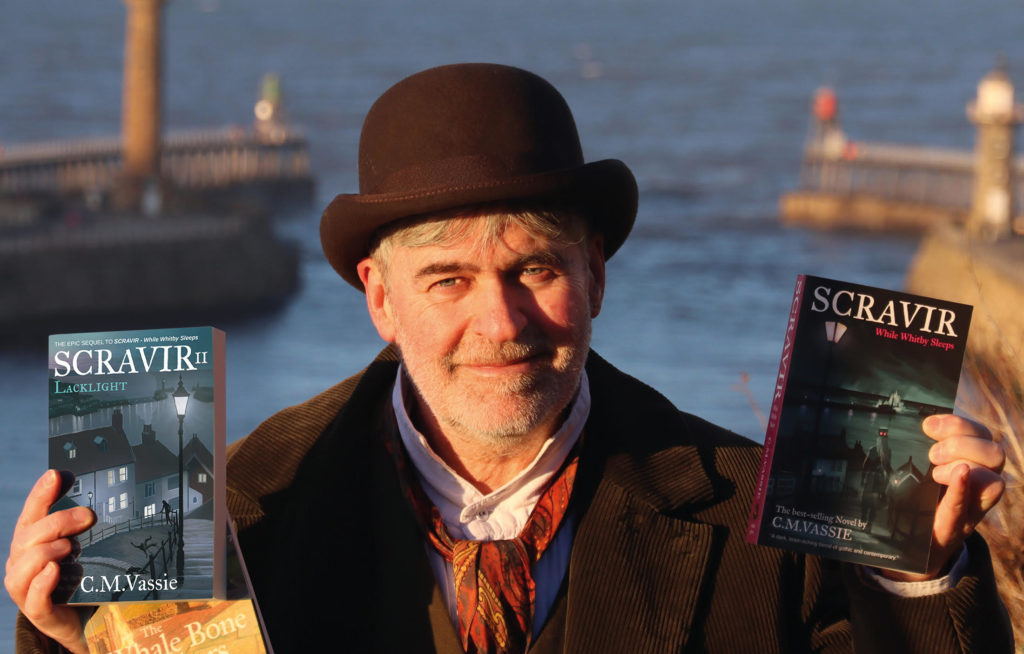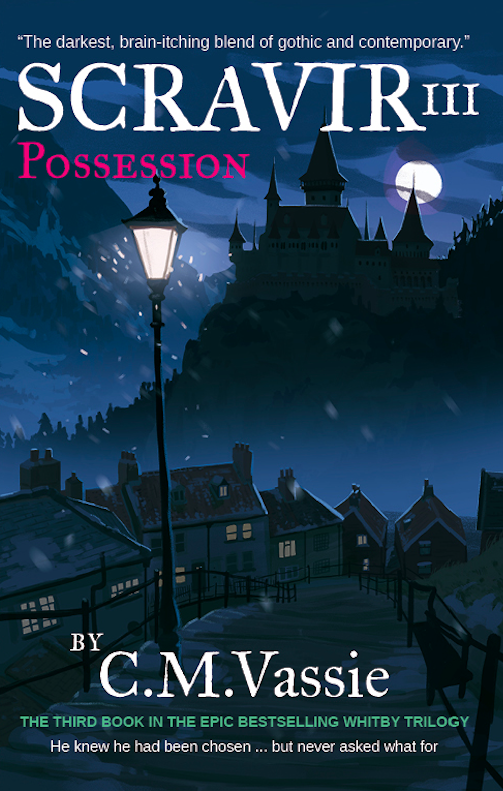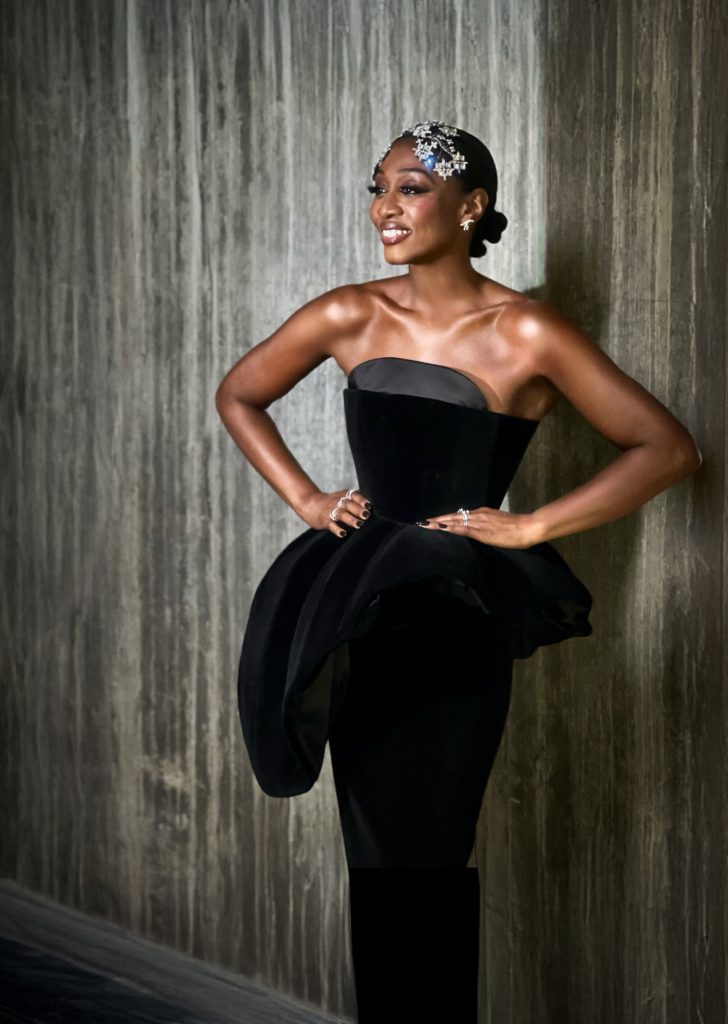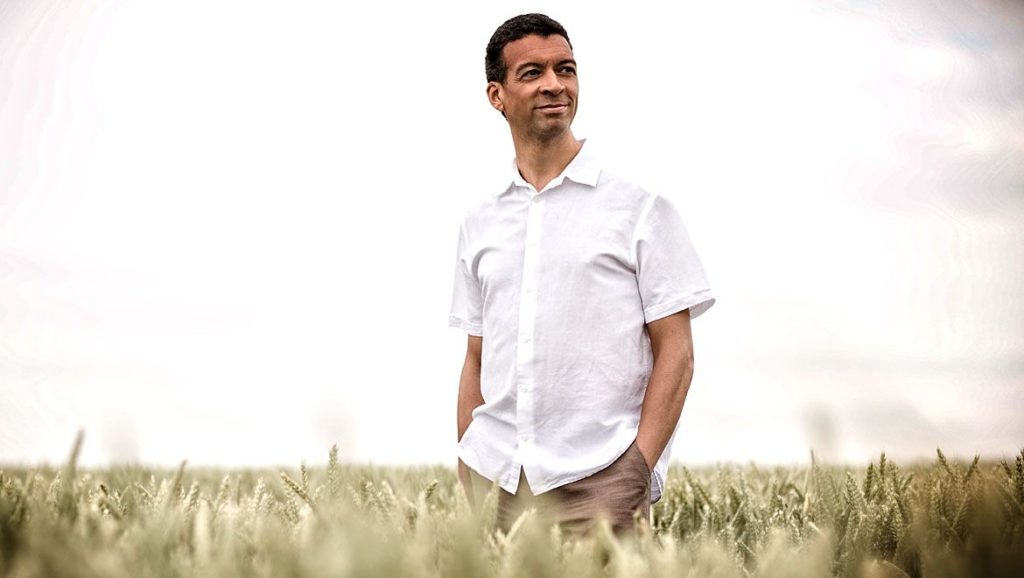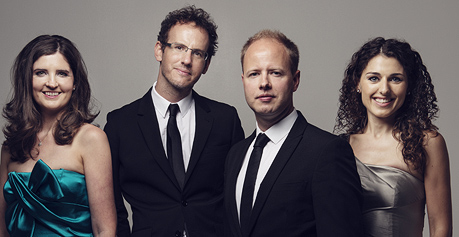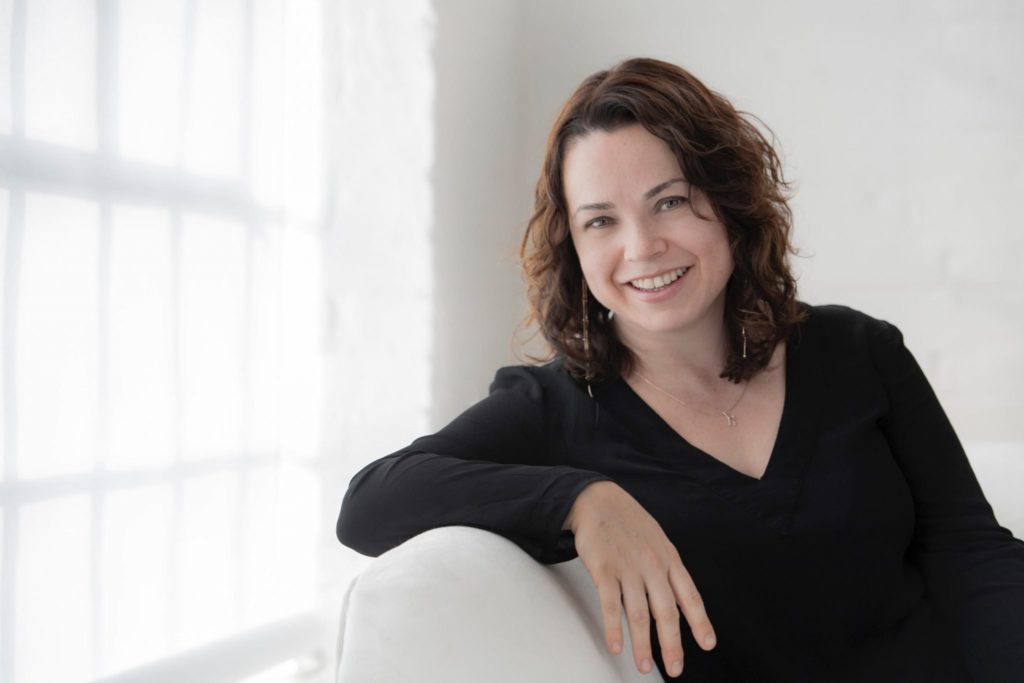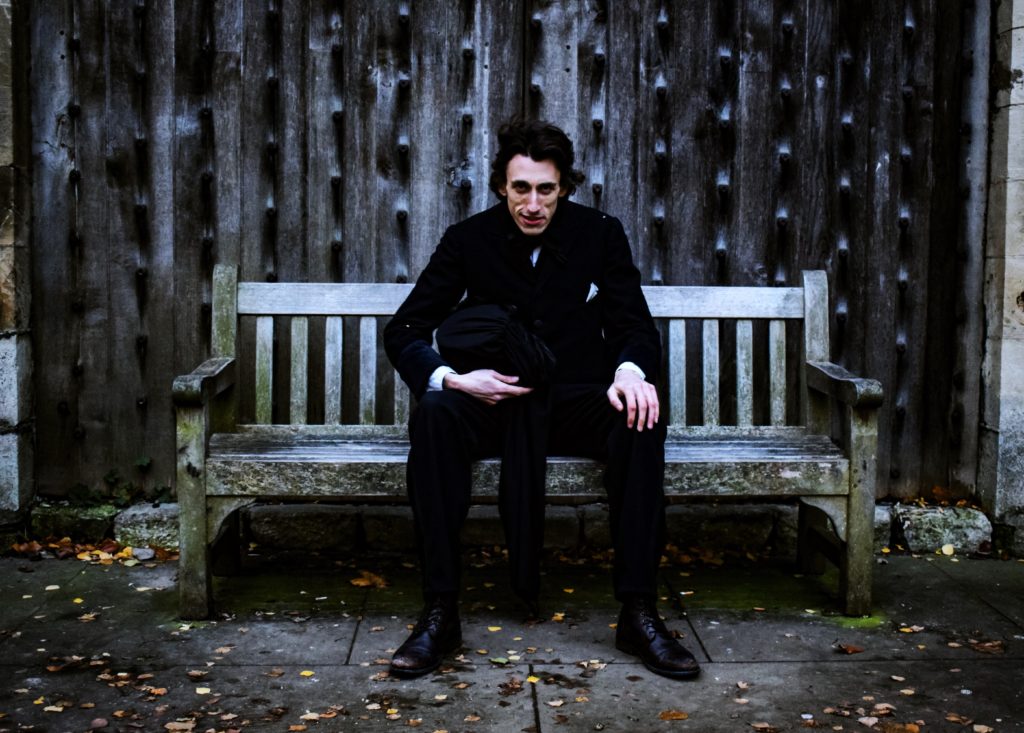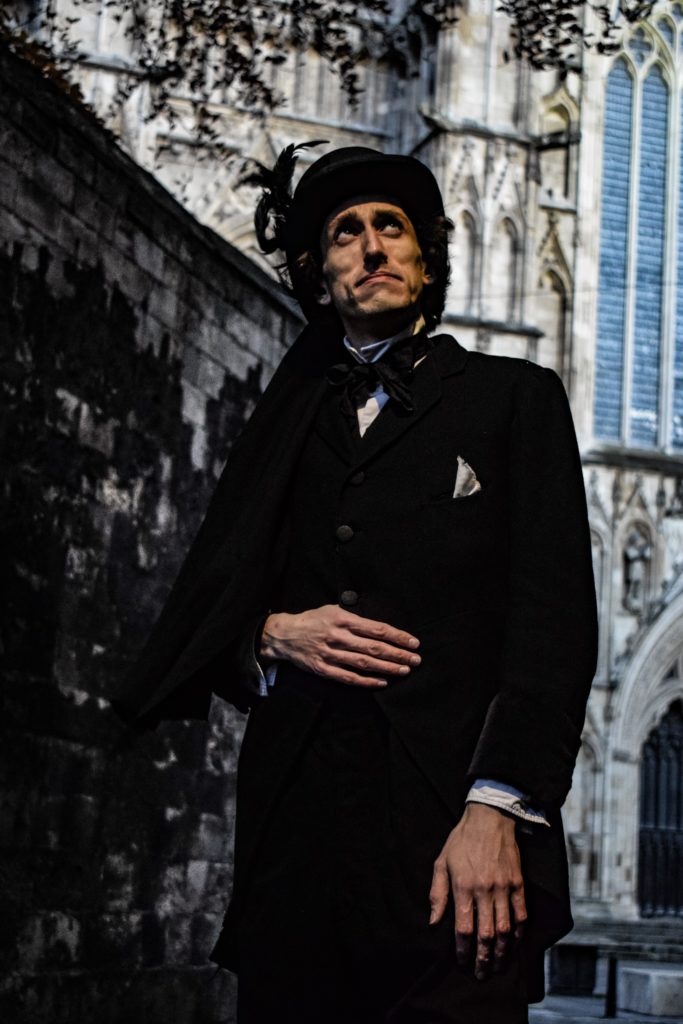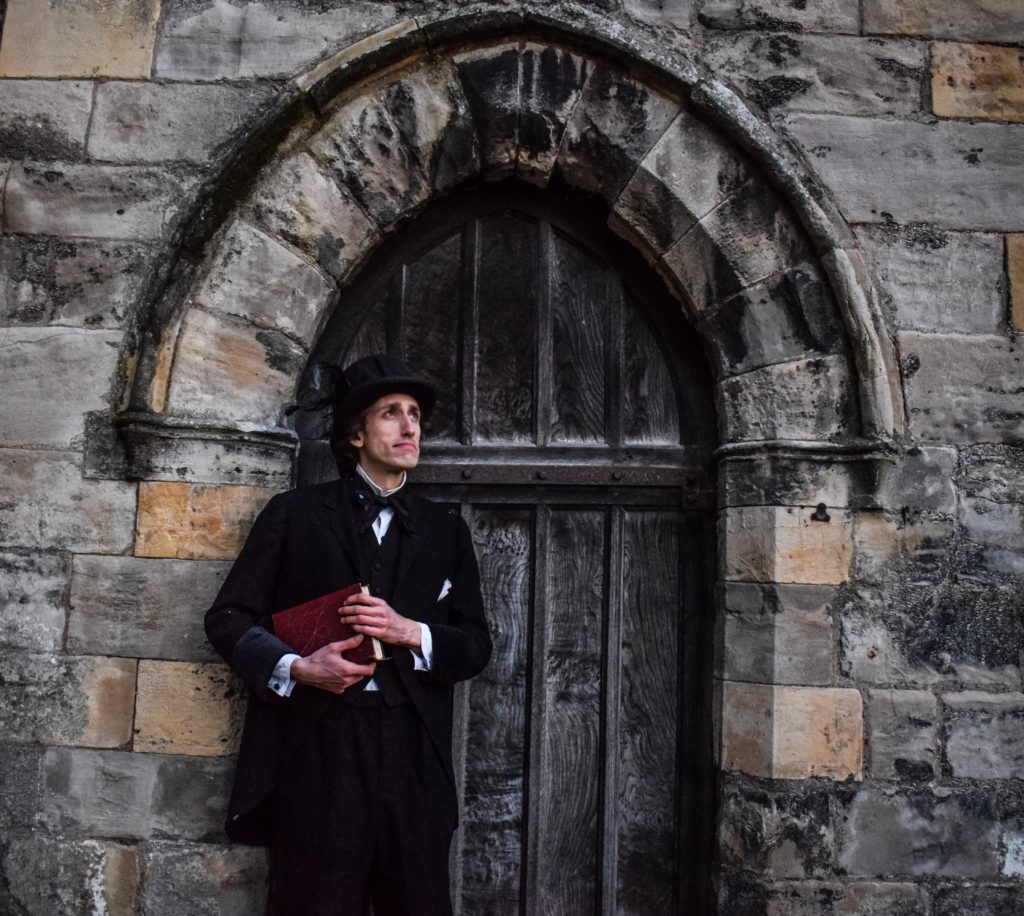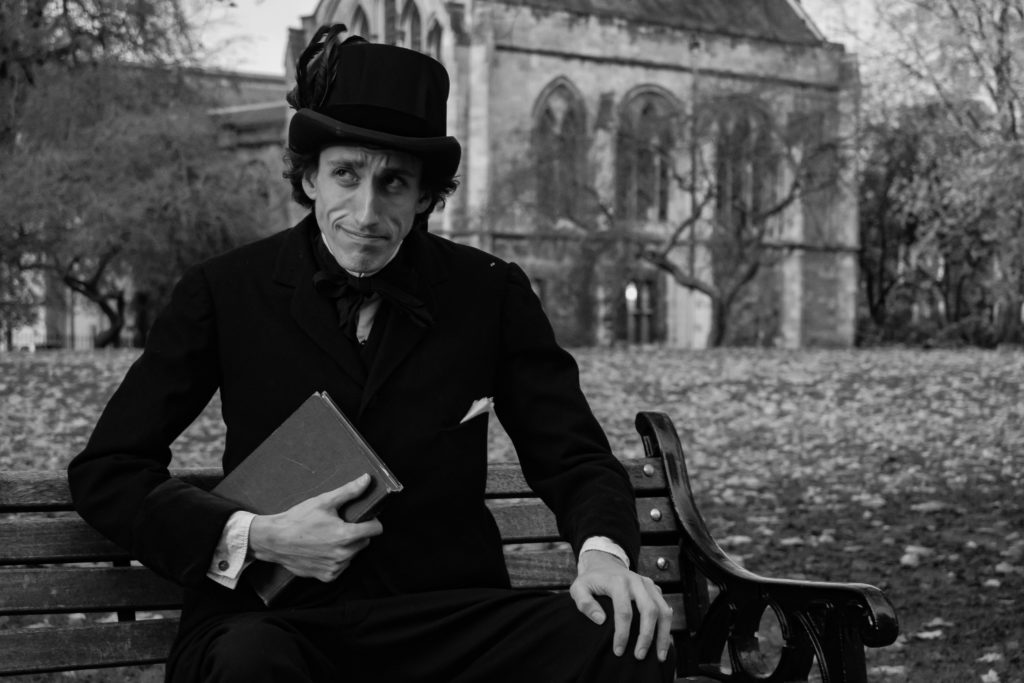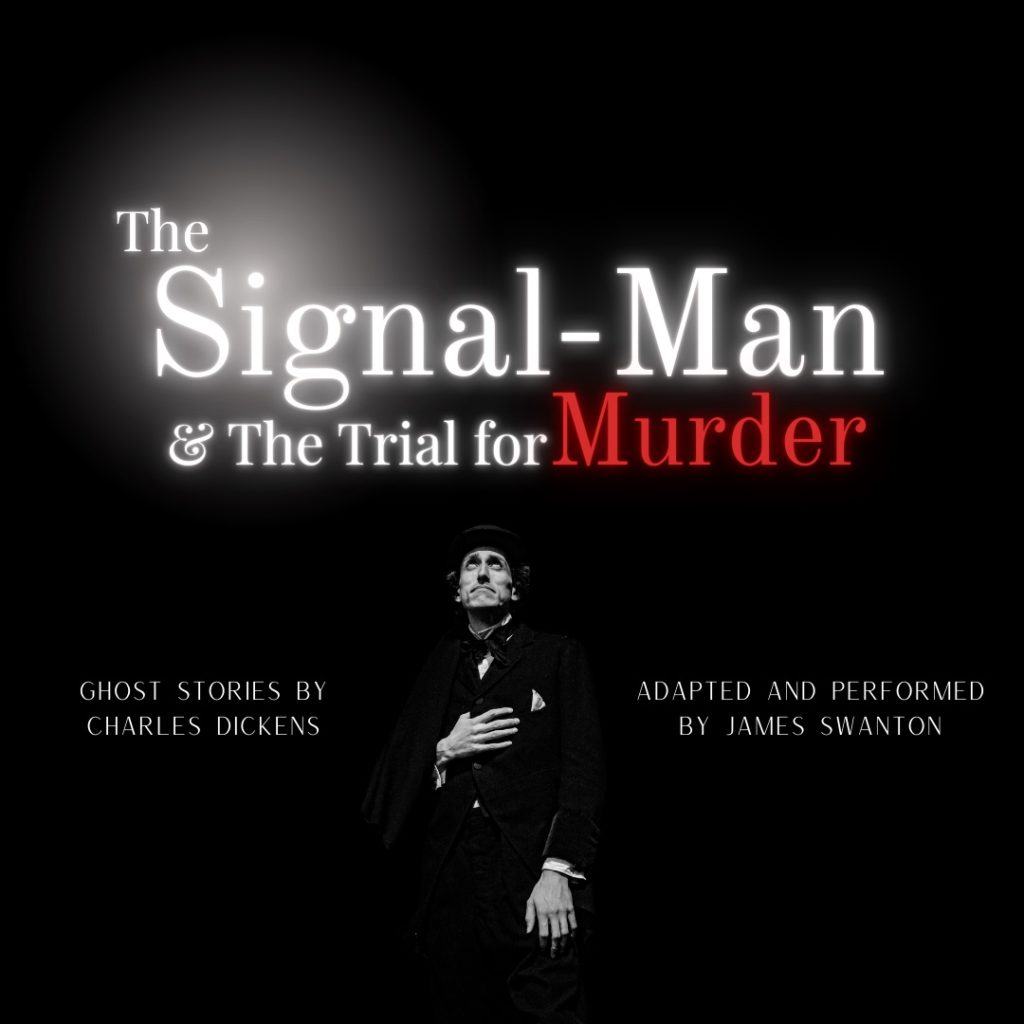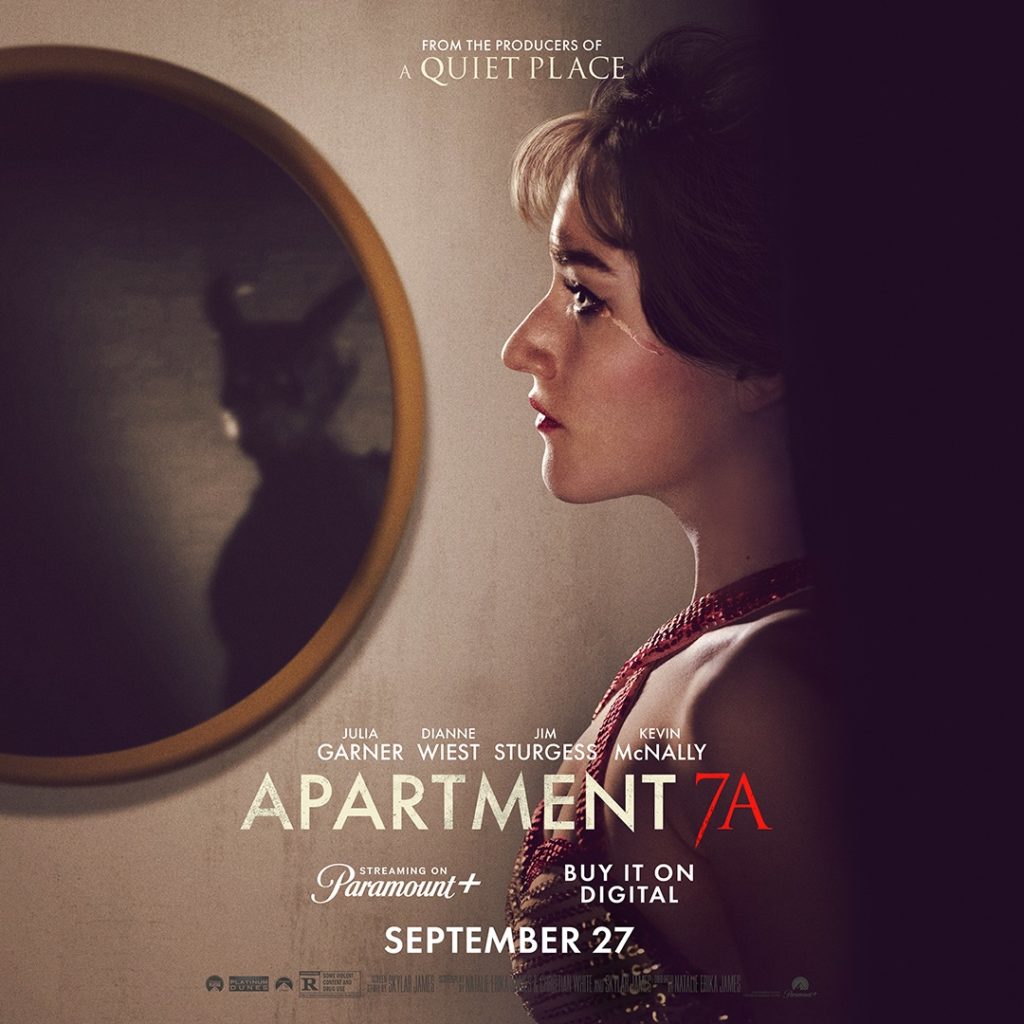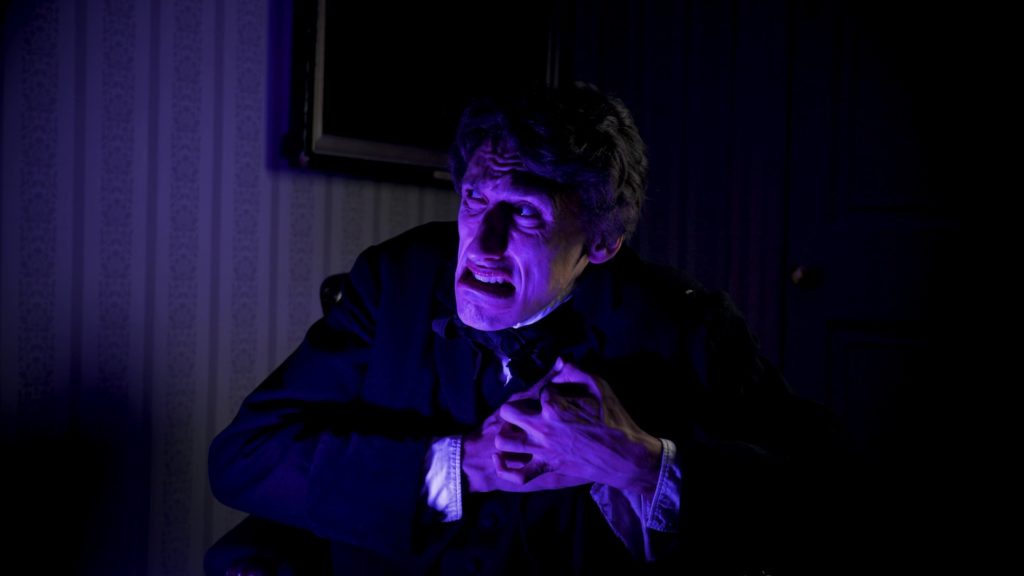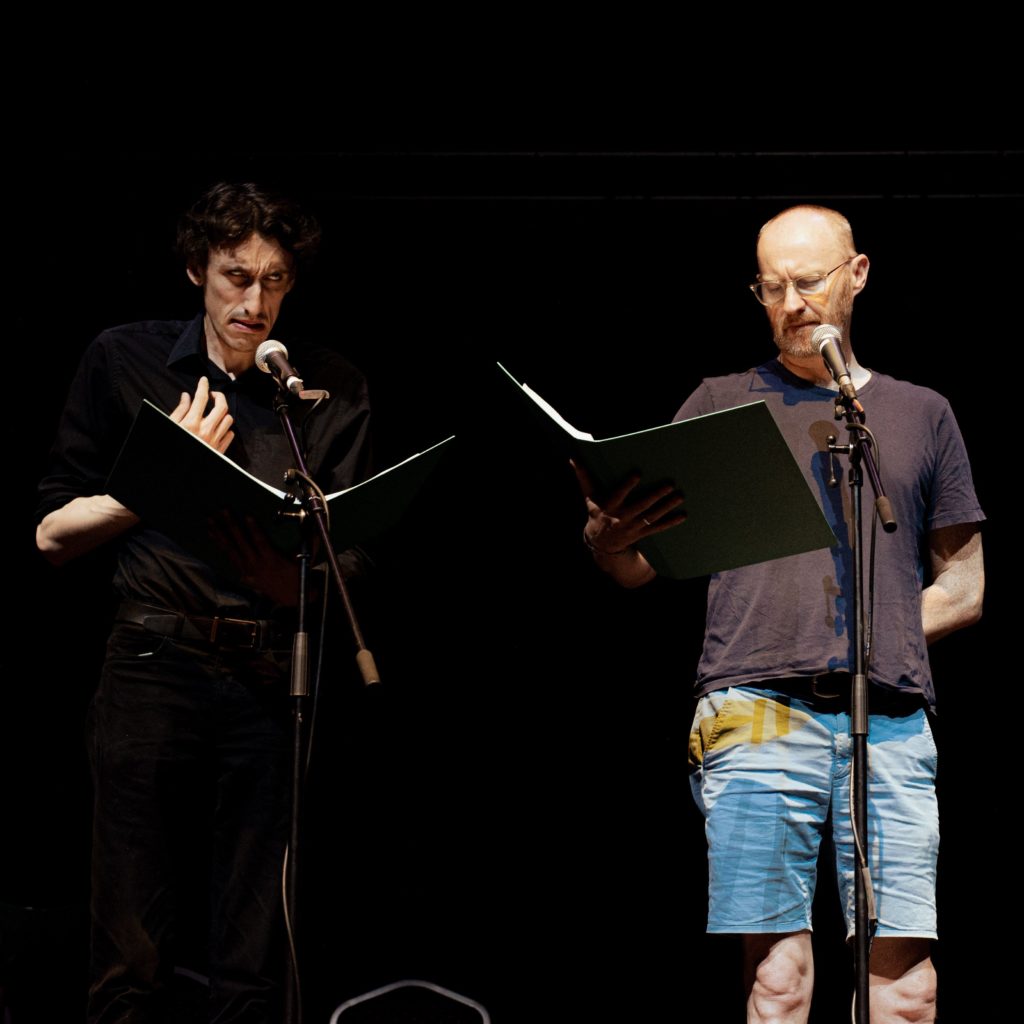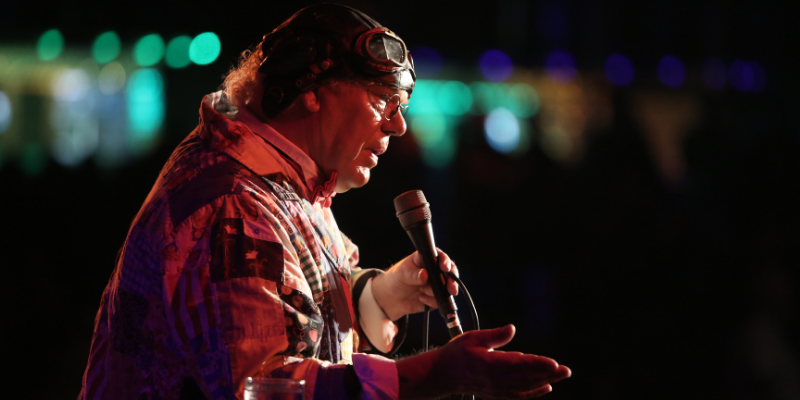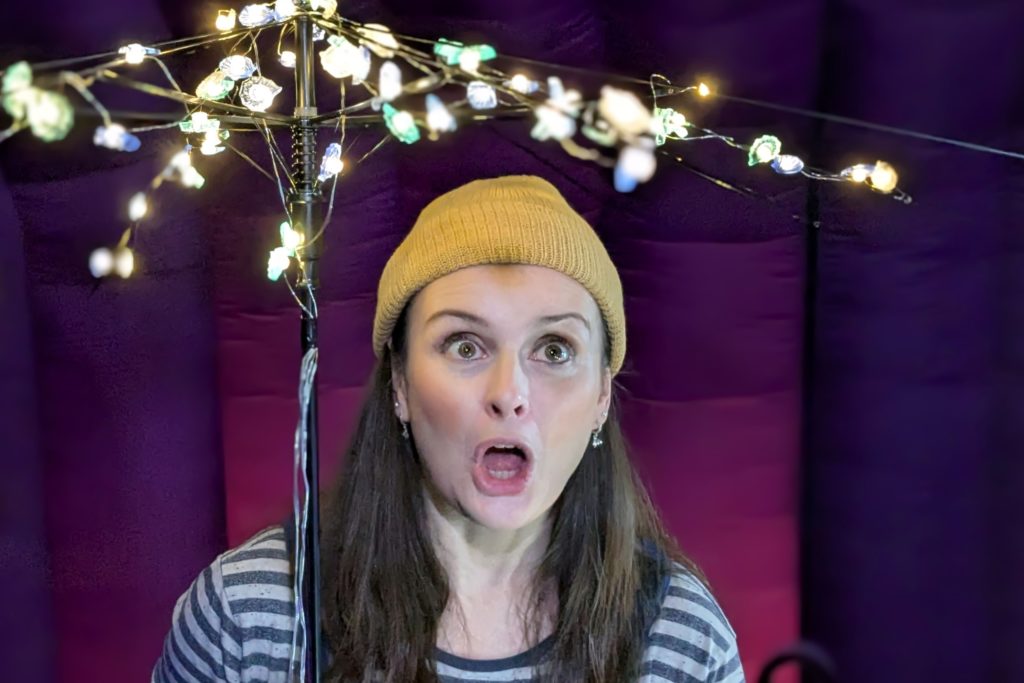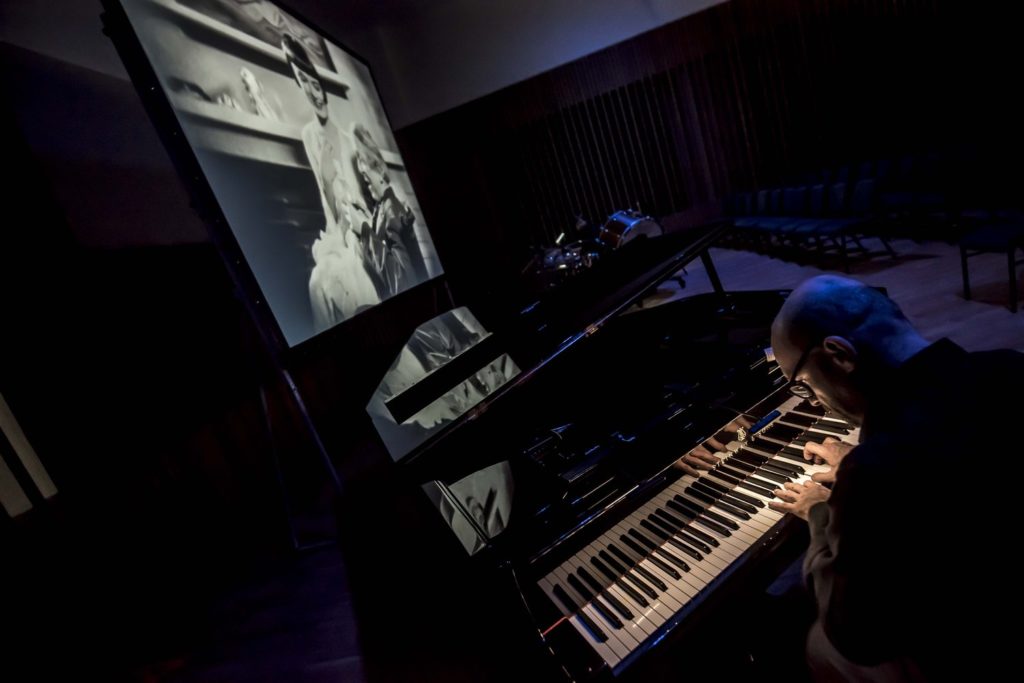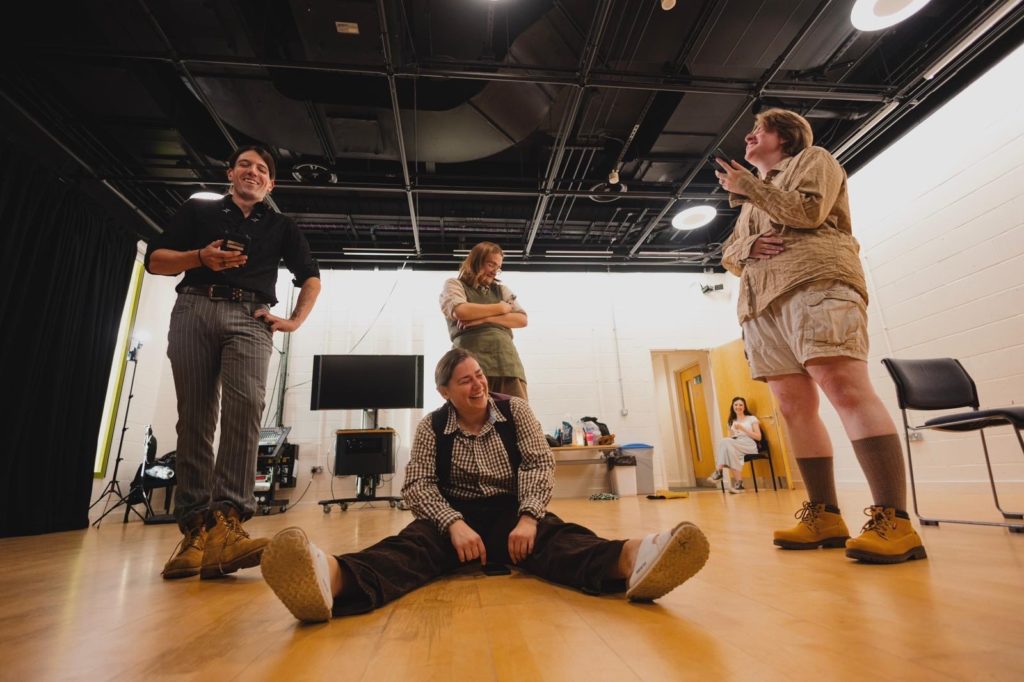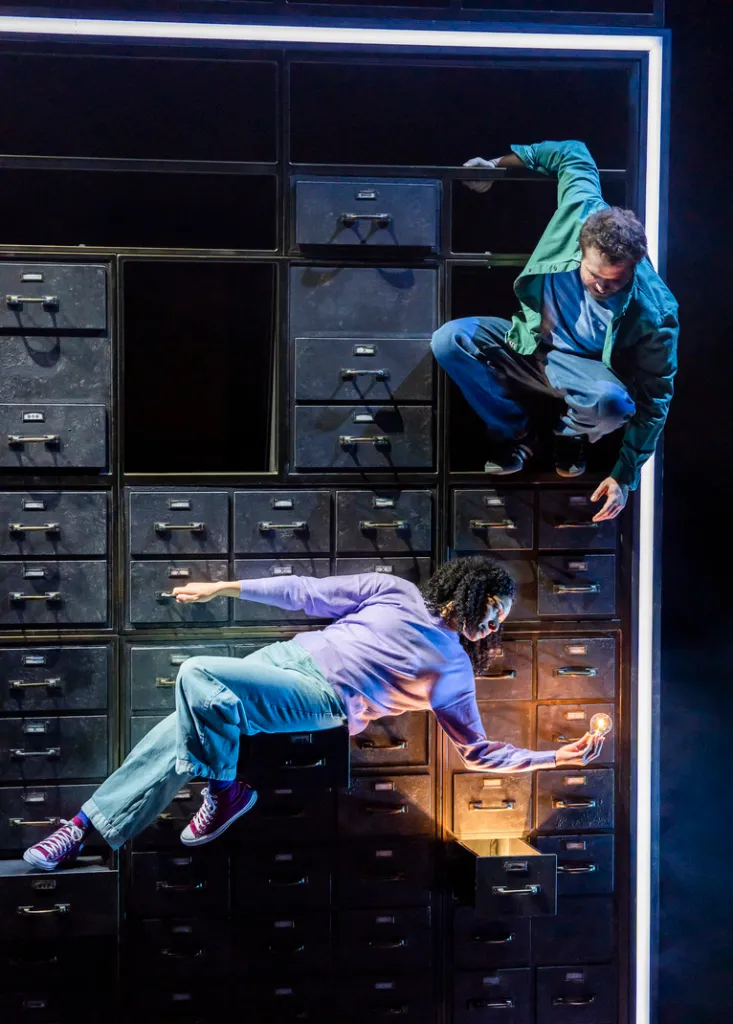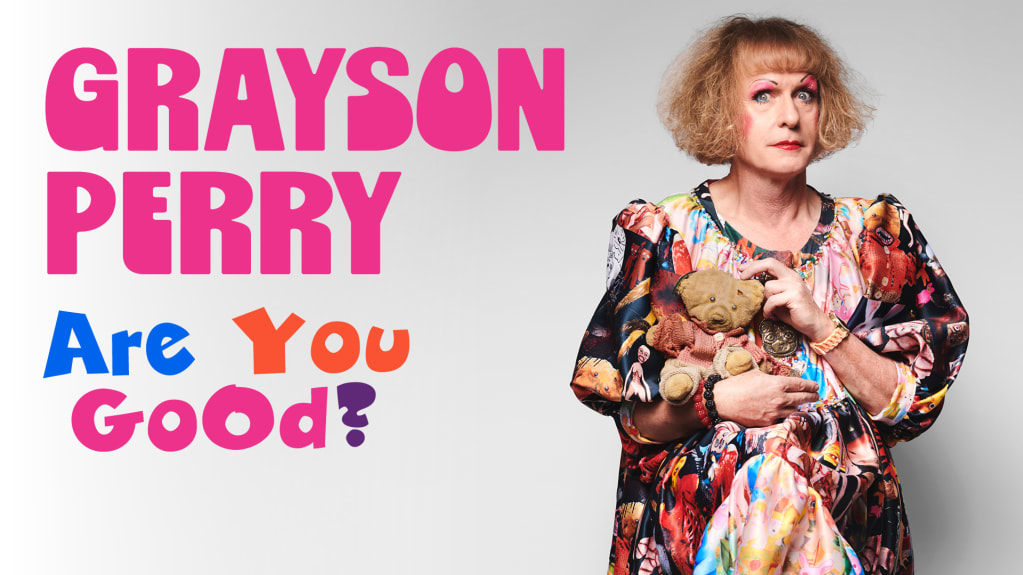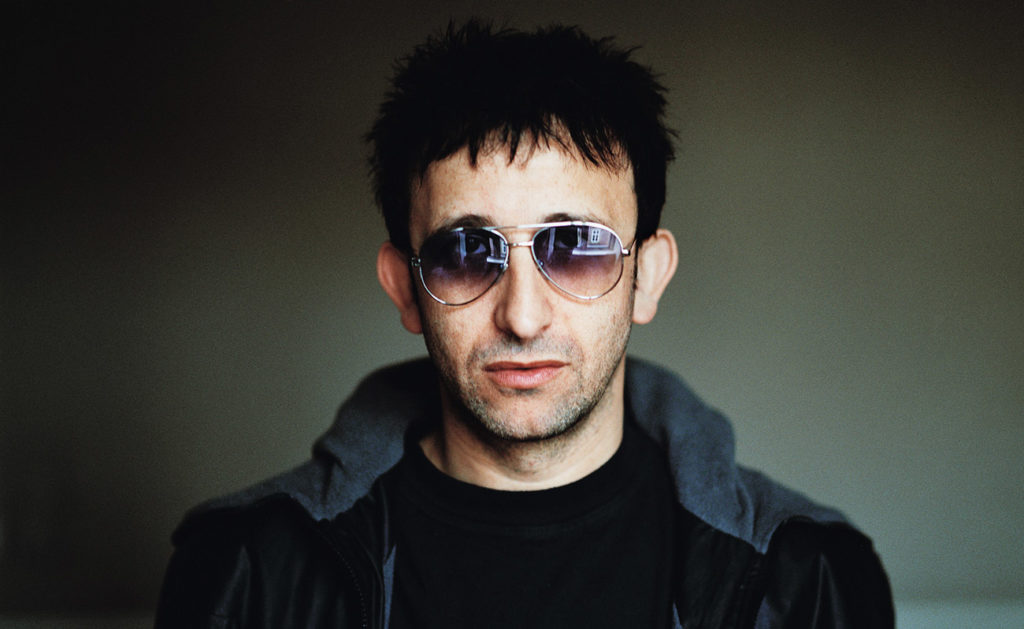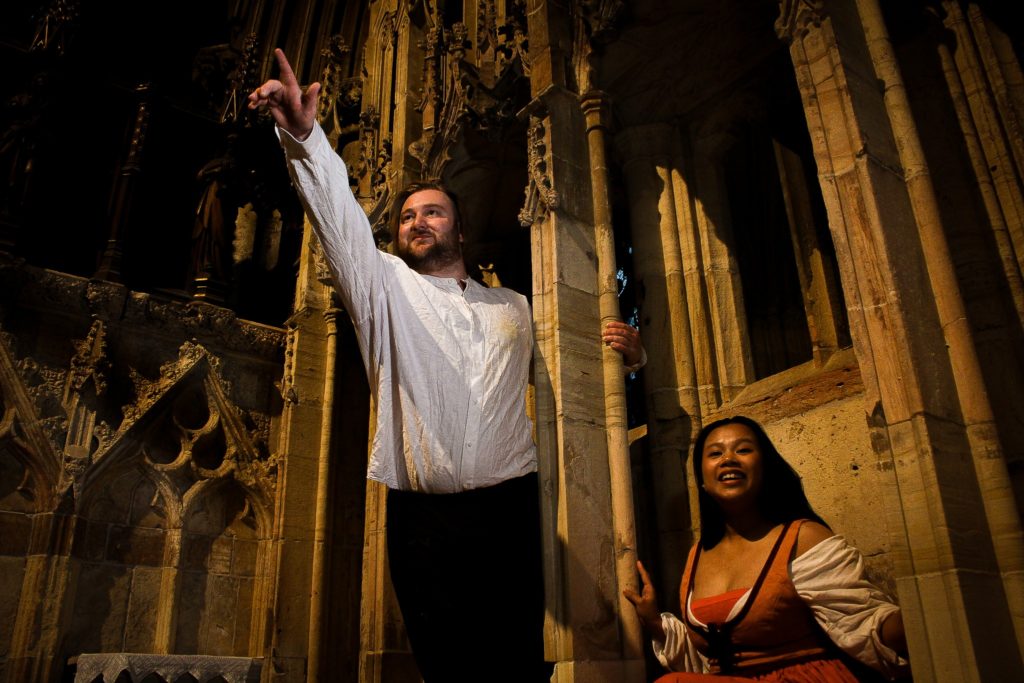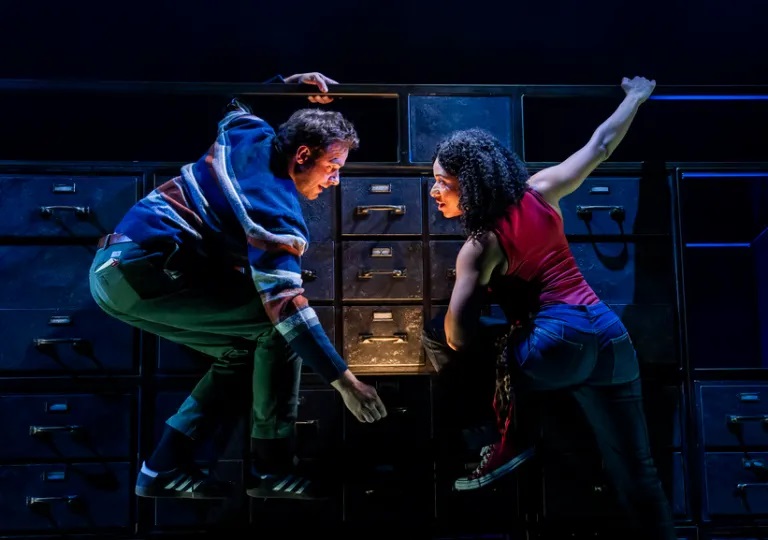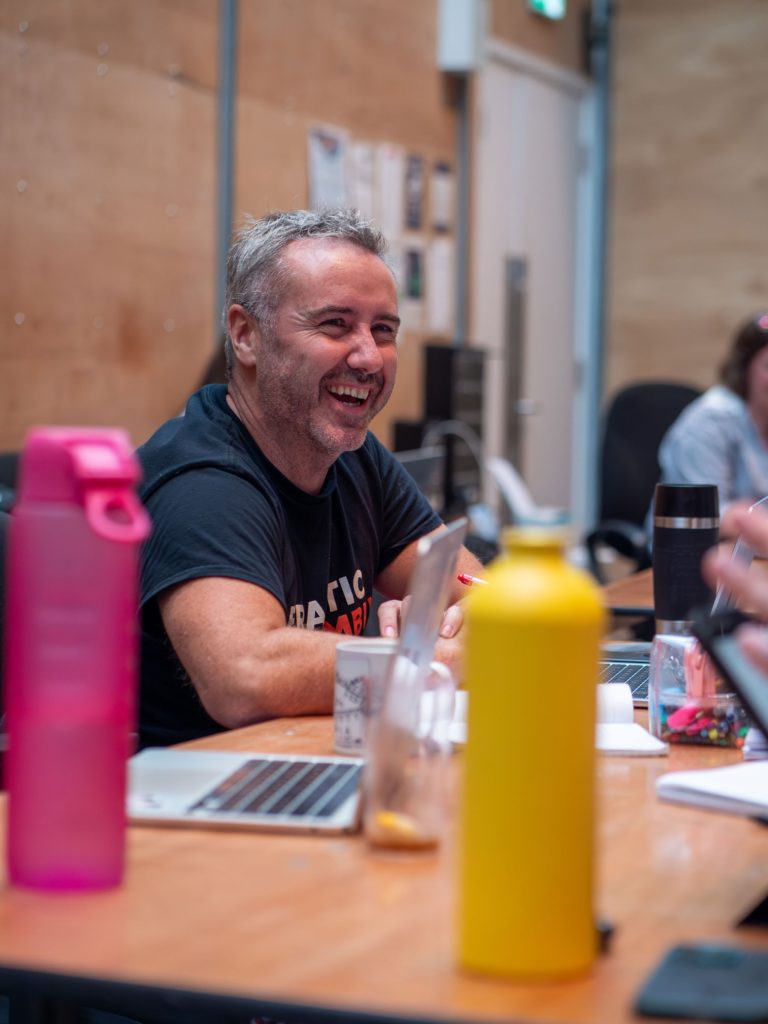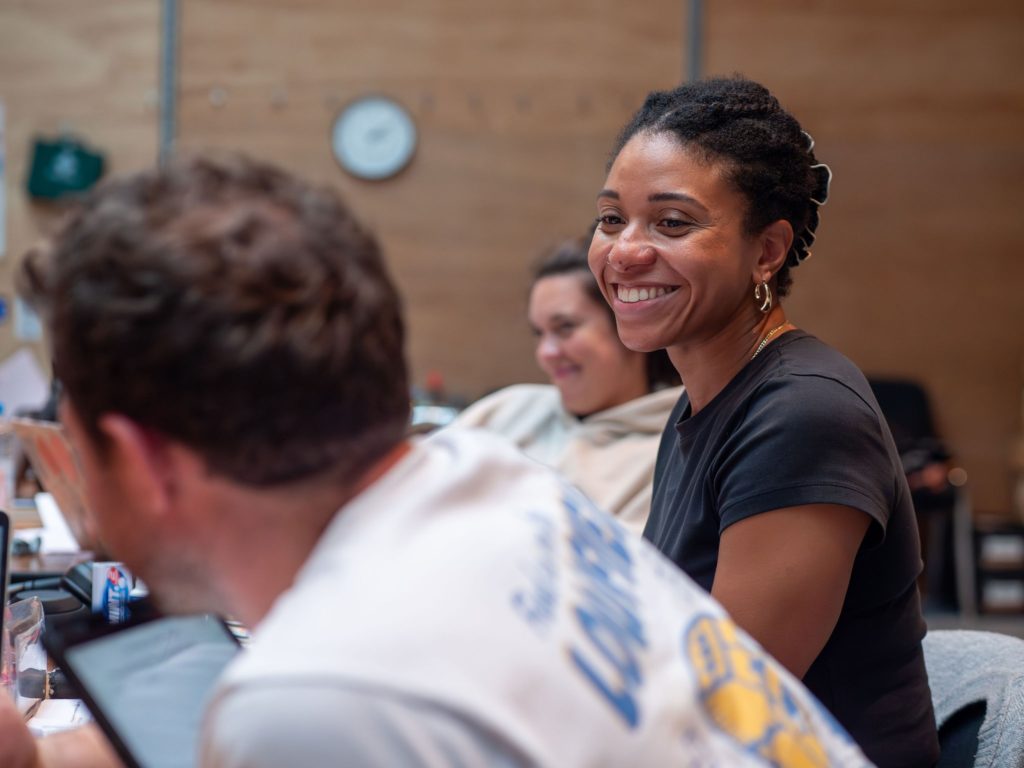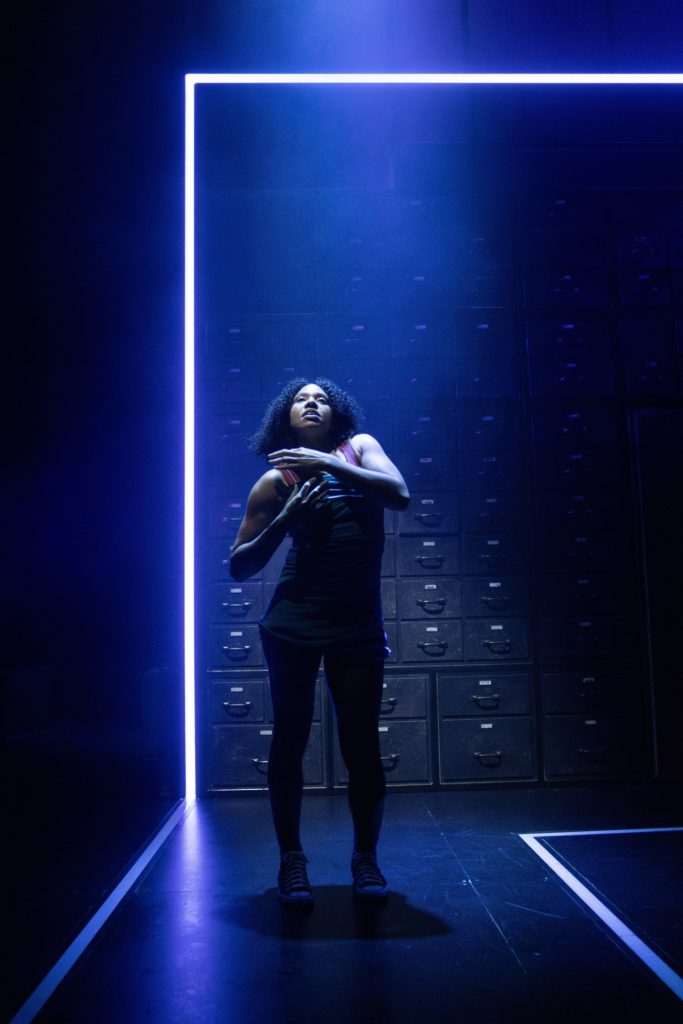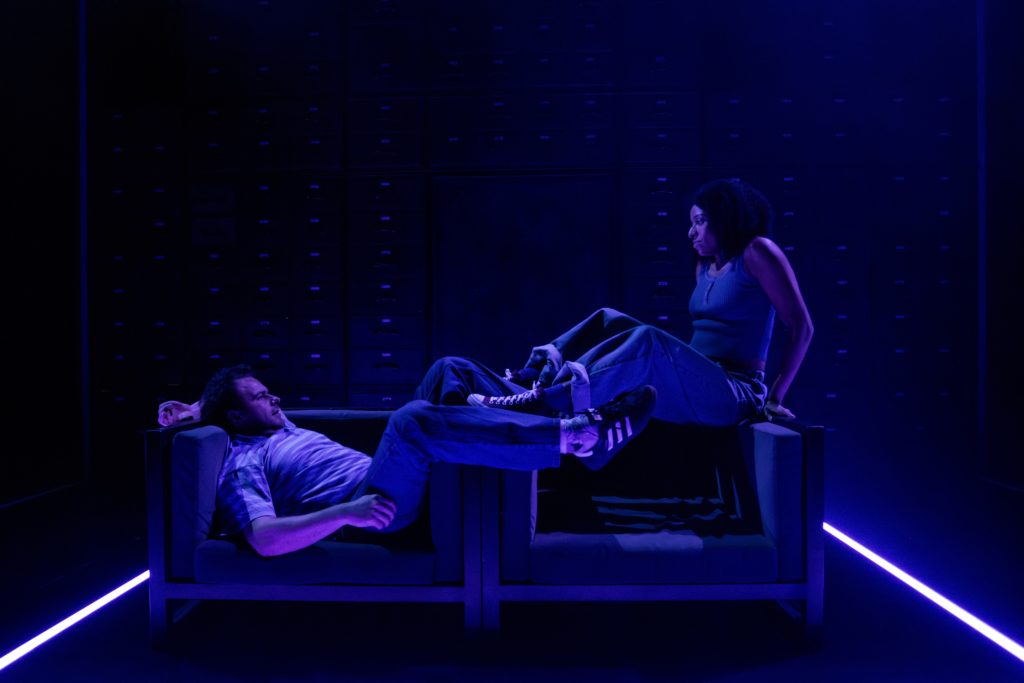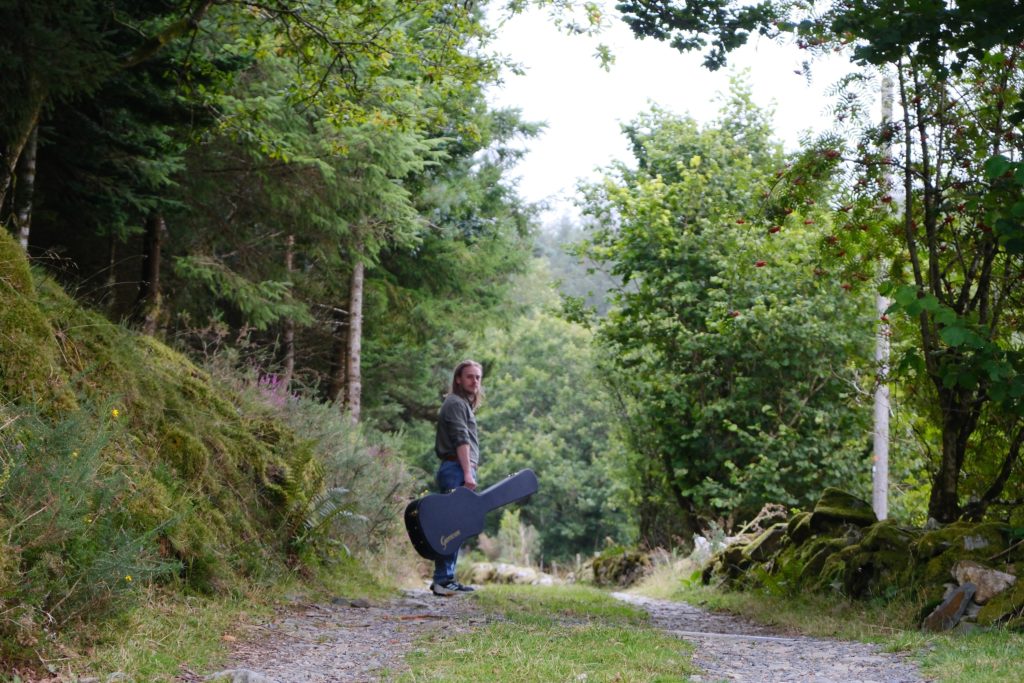
York musician Joshua Burnell in the woods. Picture: Frances Sladen
JOSHUA Burnell makes retro folk-pop-rock for the modern world.
Next up for the York keyboard player, guitarist, singer and songwriter – and teacher and cafe pianist to boot – is a sold-out gig with his full band at Rise@Bluebird Bakery, Acomb, on Saturday night.
Joining Joshua (piano, Hammond organ, guitar and vocals) in the bakery will be Nathan Greaves (electric guitar), Ed Simpson (drums), Olly Whitehouse (bass), Kat Hurdley (violin) and, hopefully, Frances Sladen (vocals).
Expect hooky melodies drenched in warm, retro-synth textures, reverbing guitars, lush harmonies and words that make you think. Imagine The War On Drugs meets Peter Gabriel-era Genesis as 1970s’ glam makes peace with psychedelia.
Through his intricately crafted lyrics, Joshua creates a multiverse of settings, from apocalyptic love songs to re-imagined fairy tales, and introduces otherworldly characters, such as the Glass Knight, resurrected from an old English folk tale to reflect the foibles of today.
“This one’s for fans of Stranger Things, Seventies’ art rock and everything in between,” says Joshua as he answers CharlesHutchPress’s questions ahead of Friday’s gig.
What form will the Rise gig take, Joshua?
“Full band! It’s sold out so should be a great night. We sold out over a year ago so I want to give a huge shout-out to everyone who bought a ticket.”
What is the story behind your decision to revisit your debut album Lend An Ear with an upcoming new audio and book edition?
“In 2013, I recorded an album in a student bedroom with a broken MacBook and a guitar I barely knew how to tune. The songs were strong; the execution wasn’t. I’ve been gradually correcting my mistakes ever since.
“This new album is the story of finishing unfinished business. Of doing something again for the sake of doing it properly. The album contains completely re-arranged and re-imagined versions of the songs, to the standard I’d always intended, now re-recorded partly at Young Thugs Studios [at South Bank Social Club, Ovington Terrace, York] and partly in a cottage in rural Wales.
“At one point last year, everything just got a bit too much and I found myself unable to focus properly. I always loved the mythology of Robert Plant and Jimmy Page hiding away in a cottage in Wales to write Led Zeppelin III, so I decided I should do the same. It was exactly what I needed and most of the album took shape during that time.
“In a quiet rebellion against streaming platforms who have successfully managed to devalue music, I’m releasing this one exclusively on CD. It’ll be heard by fewer people, but if it makes it sustainable, that’s enough for me.
“To make it extra special for those people who do choose to support the project and buy a copy, it will come as a hardback book with the full story behind the album and songs.”
What have you been up to in 2025?
“One of the highlights of my life: my daughter Lyra was born! I’ve become a dad, which is the most beautiful thing but also makes you ask yourself some pretty serious questions.
“I knew I couldn’t sustain teaching and music and be a dad, so I’ve taken a year away from teaching to have a go at supporting my family with music. It’s difficult, but I feel very supported by my friends, family and fans.
“This is also part of the reasoning behind ditching streaming platforms – it seems reckless to release music that way when the stakes are so high.”
Have you ever snuck one of your own songs into your piano playing at Bettys cafe?!
“I actually wrote a song about Bettys – or, rather, a love story that takes place there – so I play that one every time! It’s called The Snow On St Helen’s Square. Lucy and 59 occasionally sneak in there too.”

The long hair has gone… why?!
“I wish there was a more profound explanation… it was for a music video! The song is called 59 and is about the last second in a minute; the last minute in an hour; the moment before something new begins.
“It was released just before Lyra was born and was part of that excitement in the unknown. I wanted it to look quite sharp and Eighties-inspired, and I think the short hair suited it well. Here it is: https://www.youtube.com/watch?v=JMsziLvQ_BI .
“I’m growing it long again now. I’m an elf at heart.”
How has your songwriting changed down the years?
“I would like to think I’ve started to consider why I am writing a song more: what problem will my songs solve or who will they serve? I’ve also learned to arrange my songs better, which is a difficult skill.
“Because I write in the studio a lot of the time, the arrangement can happen simultaneously. It’s about having the foresight to hear what the finished song will sound like, and making choices accordingly. There was a time I used to throw in everything and the kitchen sink – now I only use the kitchen sink if there needs to be a kitchen sink.”
How is the Road to the Royal Albert Hall campaign progressing, as highlighted on your website?
“It’s always been my dream to perform a headline show there, so shall we try to make it happen? We’ll need at least 4,000 people to sign up, and we’ll have to prove we mean business at the venues we play along the way.
“There are 2,534 more subscribers to go. If people want to come along, they just have to sign up at https://www.joshuaburnell.co.uk/roadtotheroyalalberthall.
“I’ll keep updating on our progress. Emails will go out on the first day of each month. Be sure to check your junk folder!”
Joshua Burnell with full band, Rise@Bluebird Bakery, Acomb Road, Acomb, York, October 11, doors, 7.30pm. SOLD OUT. Also playing Howden Live gig at Shire Hall, Howden, with full band, October 18, 8pm. Tickets still available at howden-live.com.
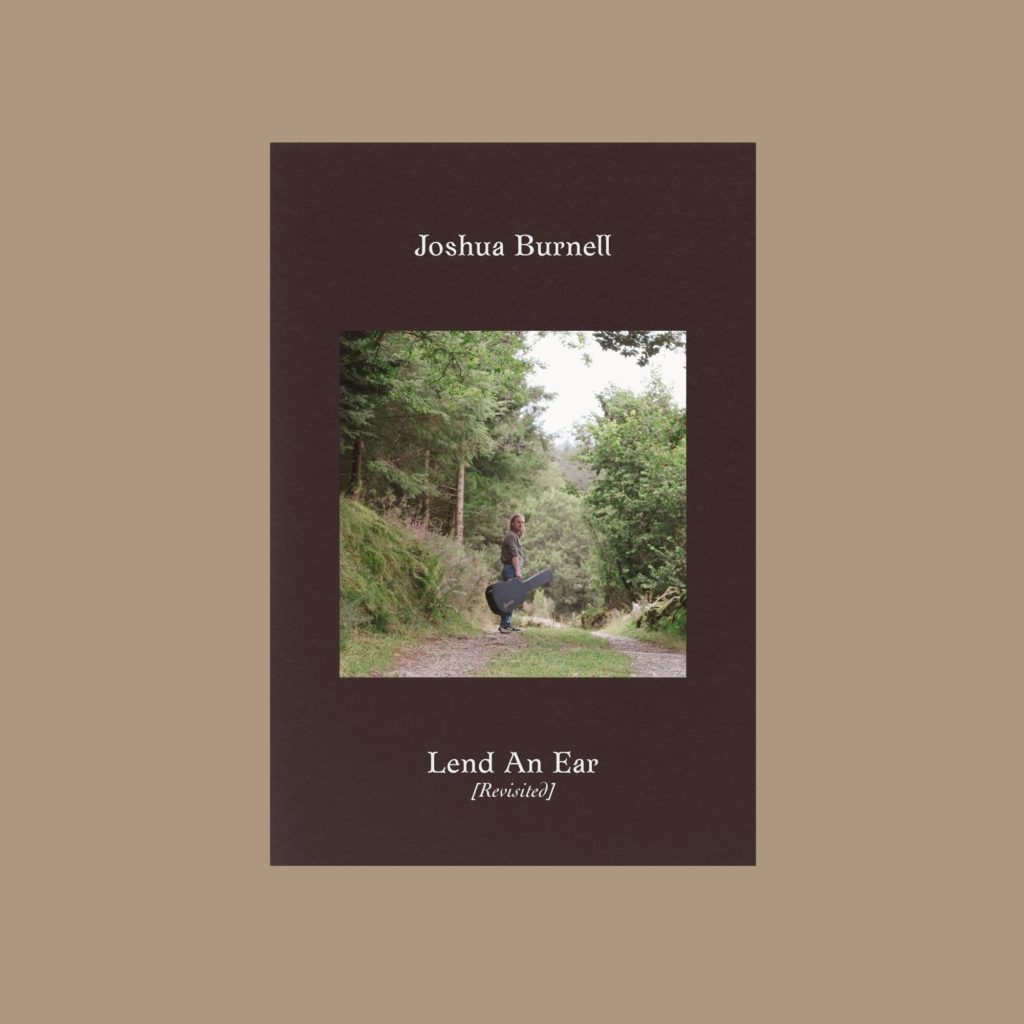
The album cover artwork for Joshua Burnell’s Lend An Ear
Lend An Ear revisited: the back story
“THIS album will only be heard by a finite group of people,” says Joshua. “I’m starting a small, musical rebellion: the album will not be released on streaming platforms. Instead, this album will be limited to a small number of physical copies, beautifully packaged in a hard-back book because I believe the context and stories are as important as the songs themselves.
“To keep the music coming, this needs to be sustainable. A small number of people will own and hear this music. It will be special for them and more than rewarding enough for me.
“The album contains the re-recorded versions followed by the original versions. I hope you enjoy the depth and lived experience in the music and sense of adventure hidden in each layer of every song.”
Lend An Ear (Revisited) contains:
*Re-recorded version of Joshua Burnell’s debut album
*All tracks from the original 2013 release
*Hardback book(lette!) of extensive sleeve notes and stories behind the songs
*7x ‘deep dive’ posters, breaking down the tracks
*The warm feeling that you supported an independent artist to continue making music!
Lend An Ear can be pre-ordered at https://www.joshuaburnell.co.uk/product-page/lend-an-ear-revisited-cd-book.
